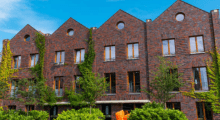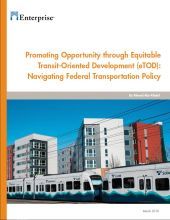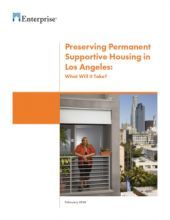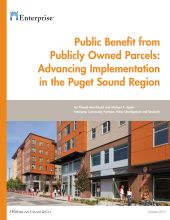Resource
Cities are not homogeneous by race and ethnicity, however, with some neighborhoods still majority non-Hispanic white. Nor are changes within these neighborhoods consistent; for example, those that have experienced gentrification – or the in-migration of higher-income households into traditionally low-income communities – likely have different patterns of racial change than non-gentrified neighborhoods, given inequalities in income distributions across households by race and ethnicity.



